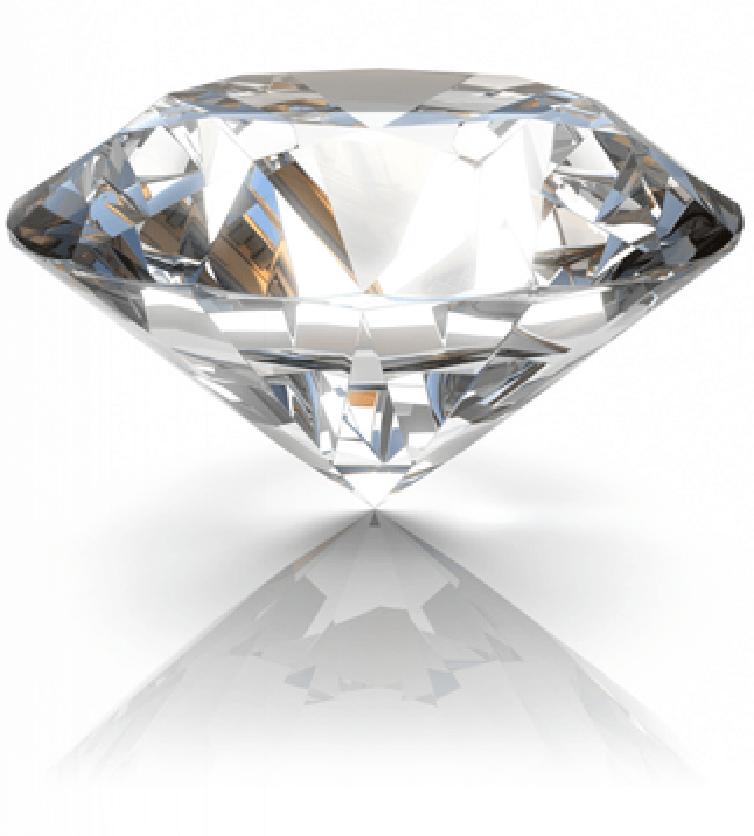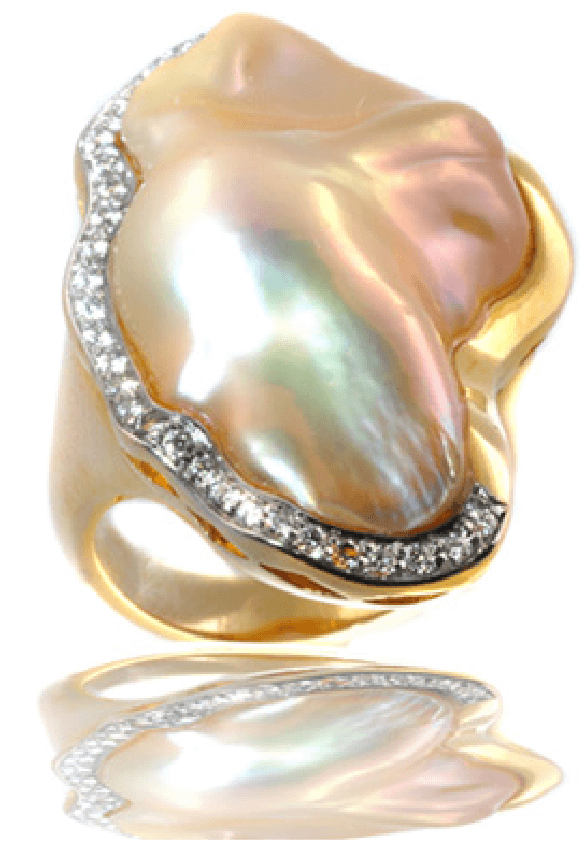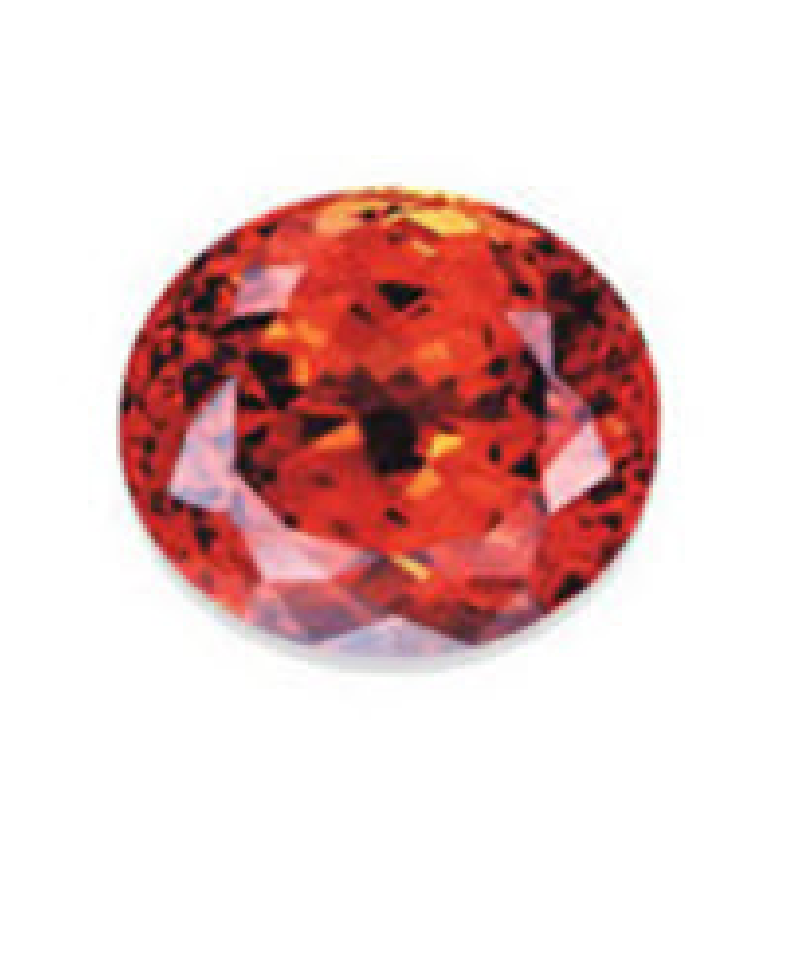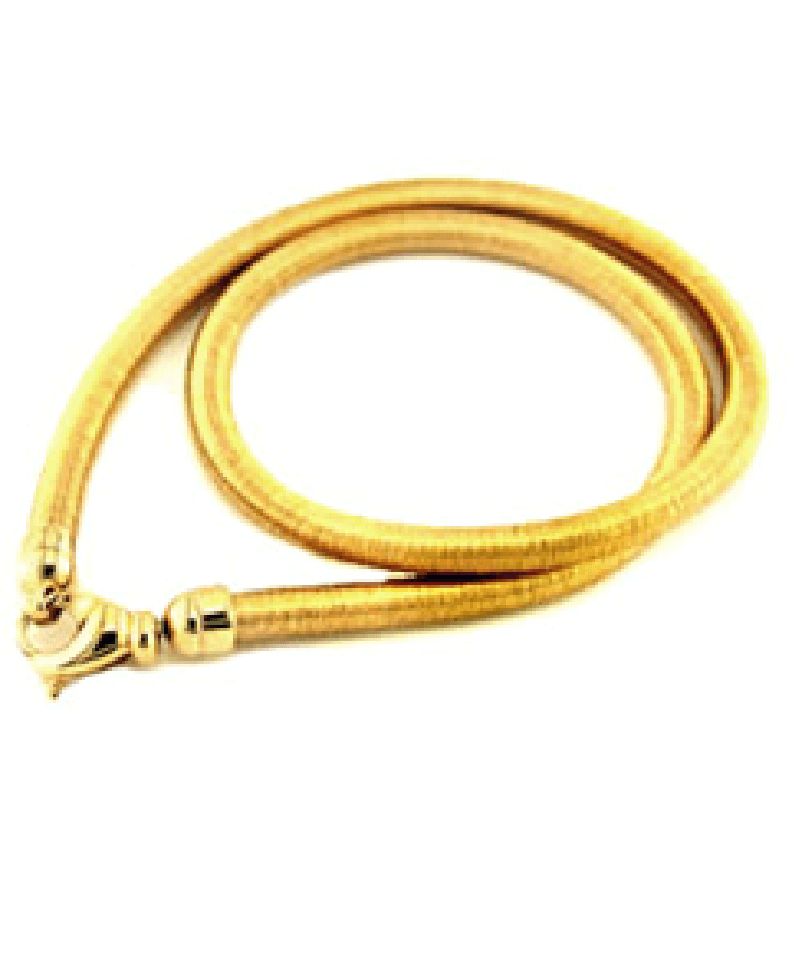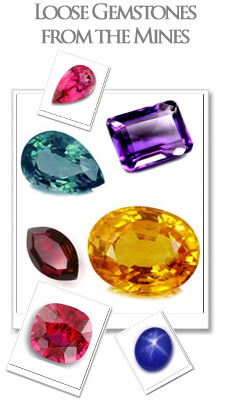ADDRESS: 772 Walker Rd. Great Falls, Va 22066
PHONE: 703.759.4076
HOURS: Tue – Sat 10:30 AM – 5:00 PM
4Cs – Selecting A Diamond
It’s reasonable to expect lasting value and enjoyment when you purchase gemstone jewelry. Learning a few things about gemstone quality and value will help you make sure you get what you want – and deserve.
You can start by trusting your instincts. Sensory appeal is always paramount. So, if a particular gemstone or jewelry design “speaks” to you, by all means listen!
You can also use what you know about the 4Cs. The familiar diamond value factors of color, cut, clarity, and carat weight apply to colored gemstones as well. However, each gemstone variety is judged by its own potential: no one expects an aquamarine to have the same color as a sapphire or an emerald to be as flawless as an aquamarine. But there are a few general rules you can use to judge gemstone quality.
Color
Some gemstones come in a multitude of colors, while others have more restricted palettes. Experts analyze all these chromatic options in terms of three essential components: hue, tone, and saturation. Hue is the basic color sensation – blue, red, green, and so forth, plus blends like purplish red and violet-blue. Tone is a color’s lightness or darkness, and saturation is its visual intensity.
Colors of pure hue, medium tone, and high saturation are generally most valuable, but different kinds of gems have differing potentials in this regard. For example, sapphire and tanzanite can reach a deeper blue than aquamarine, topaz, or zircon. Color ranges can overlap to some extent, so different gemstones may have the same color. Each is valued according to its own unique possibilities, however. Thus, the particular tint that’s considered “best” for one gemstone might be “medium” for another.
In buying decisions you need to be aware of color ranges and objective value assessments, but it’s best to rely on your eyes and heart. Pure or mixed, light or dark, vivid or muted – whichever color holds the most appeal for you is the one to choose.

Cut
Choices in cut are almost as varied as for color – and they’re every bit as intriguing. Transparent colored gemstones are most often faceted like diamonds, in dozens of geometric shapes and styles. The ancient domed form known as the cabochon is traditional for gemstones like jade, opal and turquoise. It helps to bring out the special optical effects seen in star gems and cat’s-eyes, too. Today many kinds of gemstones are fashioned into carvings. These range from classic cameos and natural motifs to designs that push the edge of abstract expression.
Whatever the technique may be, cut is chiefly responsible for revealing a gemstone’s beauty. Its contribution to appeal and value arises from the cutter’s artistic creativity, technical skill and patient labor.
To judge the quality of cut, examine the gemstone as you hold it at arm’s length and rock it gently back and forth. The overall form ought to be pleasing and dynamically balanced. Color and light should dance throughout a faceted gemstone, with no washed out “window” in the center or dead spots around the edges. When you look close-up, details like facet shape need to be precise, with polished surfaces appearing smooth and bright.
An accurate clarity grade can only be assigned by an experienced, professionally trained grader using 10x magnifications. Cut refers to the precision with which the cutter crafts the diamond and its light reflection from facet to facet and then back through the top of the stone to your eye.

Clarity
Most kinds of colored gemstones may have internal characteristics – or inclusions – that it’s possible to see without magnification. Many of these are simply byproducts of the natural processes that create gemstones within the Earth. Among the most common are tiny mineral crystals that became caught up in larger gemstone crystals as they grew. As long as such inclusions aren’t prominent, they don’t diminish a colored gemstone’s beauty or desirability, and have little effect on its value.
There are some exceptions to this rule, however. You can expect a few gemstones to be “eye clean,” with only microscopic clarity features. This list includes aquamarine, citrine, tanzanite, and topaz. On the other hand, inclusions in emerald and red tourmaline may be fairly obvious, but won’t have a major impact unless they’re also unsightly.
It’s important to recognize that inclusions have a positive side, too. They can prove that the gemstones in which they occur are natural – not synthetic or imitation. Scientists study inclusions to learn the secrets of how gemstones form, and when viewed under a microscope, some are strikingly beautiful in their own right.
Clarity of a diamond is determined by its internal characteristics.

Carat Weight
As with diamonds, a jeweler will weigh and price most colored gemstones by the carat. (One carat equals 1/5 gram.) As with color, however, different kinds of gemstones have differing weight potentials. A few rarely exceed 5 carats in high quality. Many are readily available up to 15 or 20 carats and some can be even larger.
For gemstones with limited weight ranges, per-carat prices usually climb steeply as the carat weight goes up. For those with wider ranges, any increases tend to be more gradual. A 3-carat ruby might have a per-carat price that’s three times higher than a 1-carat ruby of the same quality. As a result, the larger gemstone would cost nine times more than the smaller one. In contrast, a 5-carat amethyst is likely to have about the same per-carat price as a 1-carat amethyst, so it will cost only five times as much.
Besides reflecting the natural rarity of larger gemstones, per-carat price can serve as an indication of other value factors. If two gemstones of the same kind and weight have significantly different per-carat prices, there will be differences in color, cut, or clarity, which you need to consider in a purchase decision.
CONFLICT
FREE
RECYCLED
MATERIALS
GIVING
BACK
All diamonds we use in our designs are acquired through conflict-free sources in accord with the Kimberley Process.
We use recycled & reclaimed gold in all pieces because we support efforts to protect the environment
We are firmly committed to supporting our community through donation as well as action. Our philanthropy includes community schools, churches and clubs in addition to larger national organizations.
AT YOUR SERVICE
In keeping with our commitment to exceptional customer service, we are pleased to offer these additional services.
MAKE AN
APPOINTMENT WITH
A JEWELRY
SPECIALIST 703.759.4076
OR ASK A QUESTION
MAKE AN
APPOINTMENT WITH
A JEWELRY
SPECIALIST 703.759.4076
OR ASK A QUESTION
Do you have a question or would just like to explore the possibility of a custom design? Please let us know and we will try to address your request within 24 hours. If you are looking to schedule an appointment, we never charge a consultation fee or take a deposit so there is no obligation.
We look forward to hearing from you.
-
-
Give us a Call703.759.4076
-



